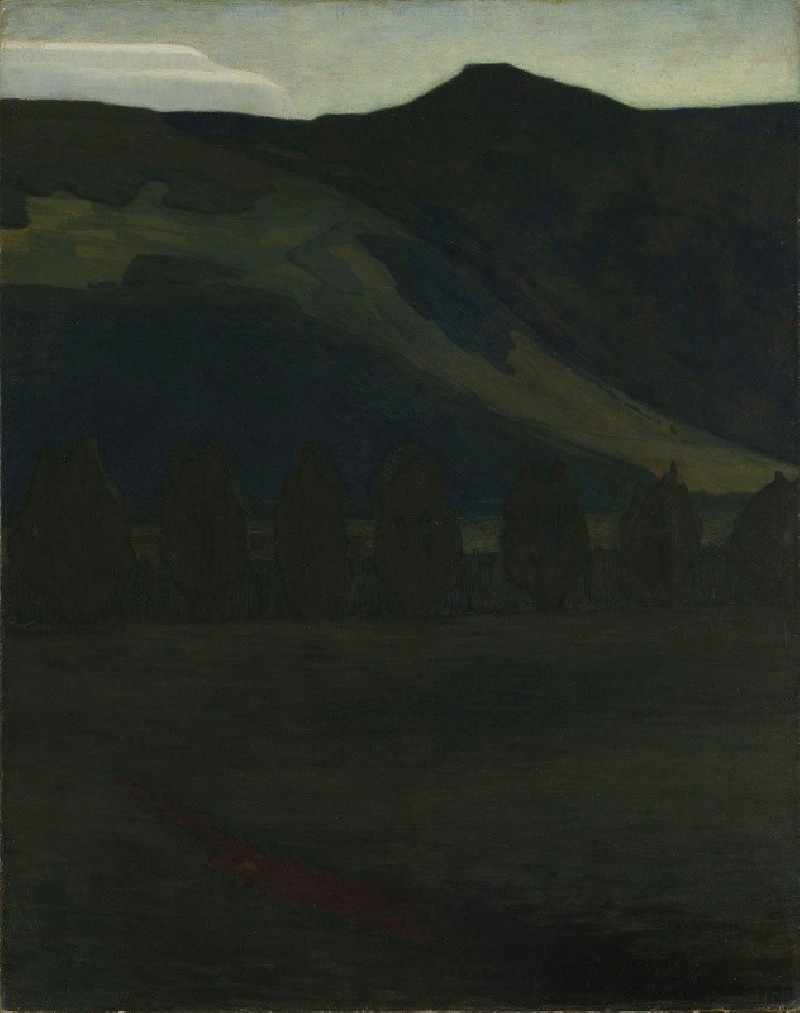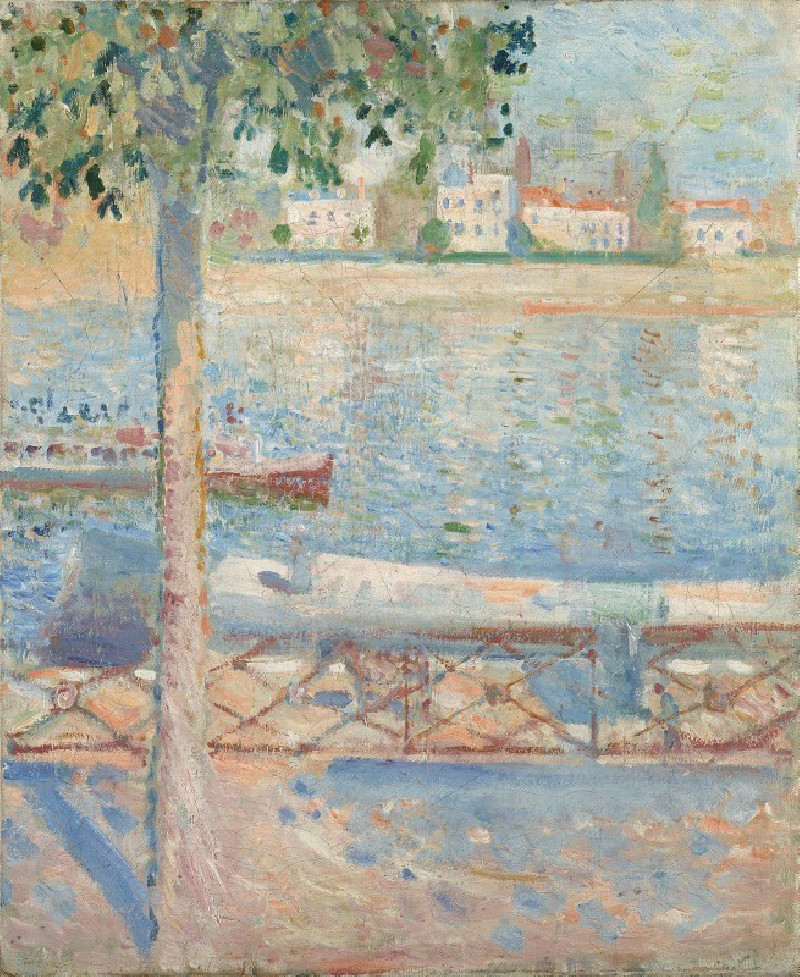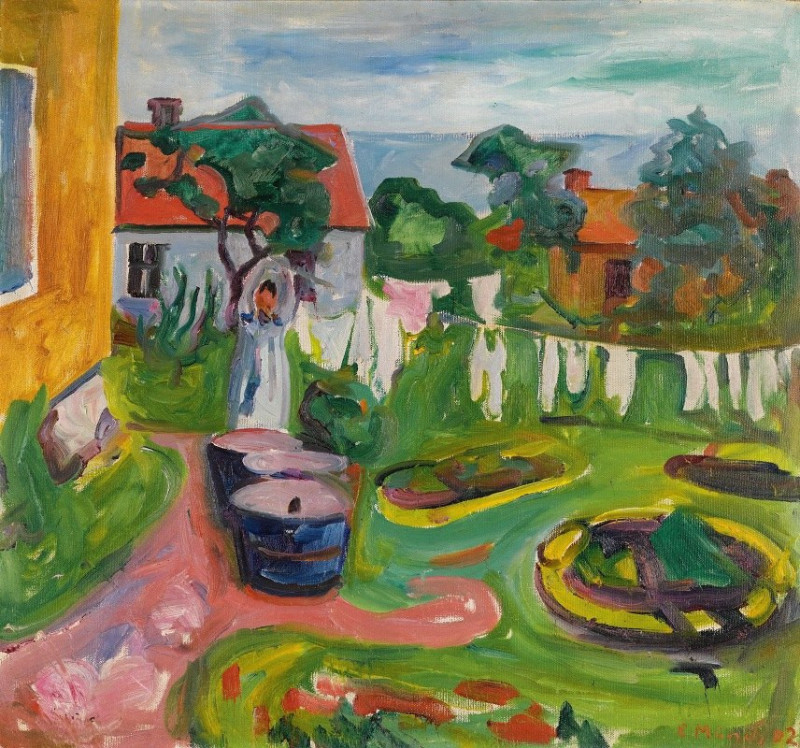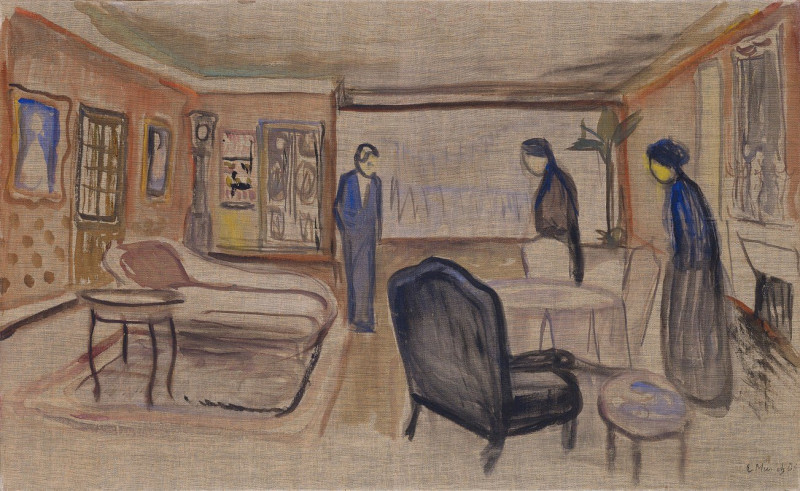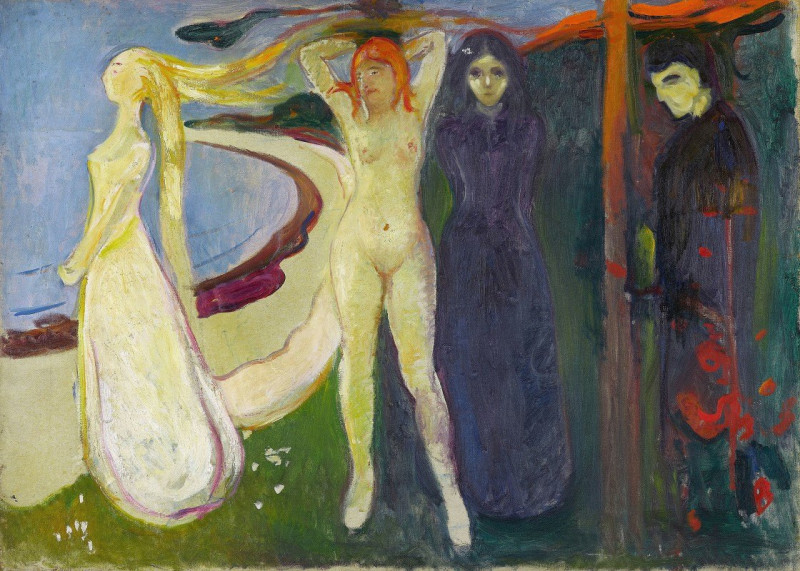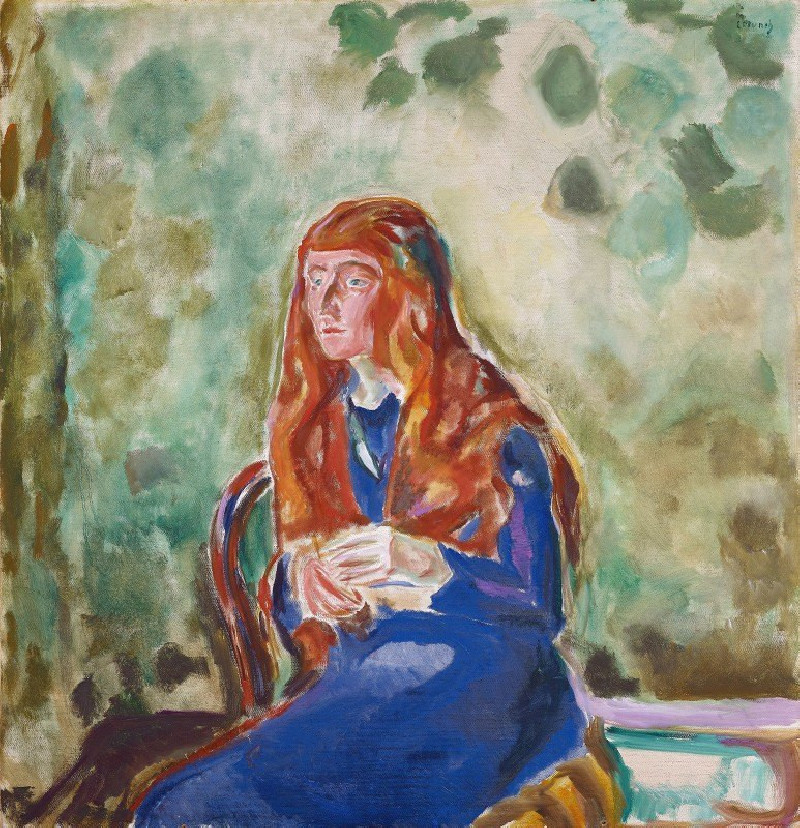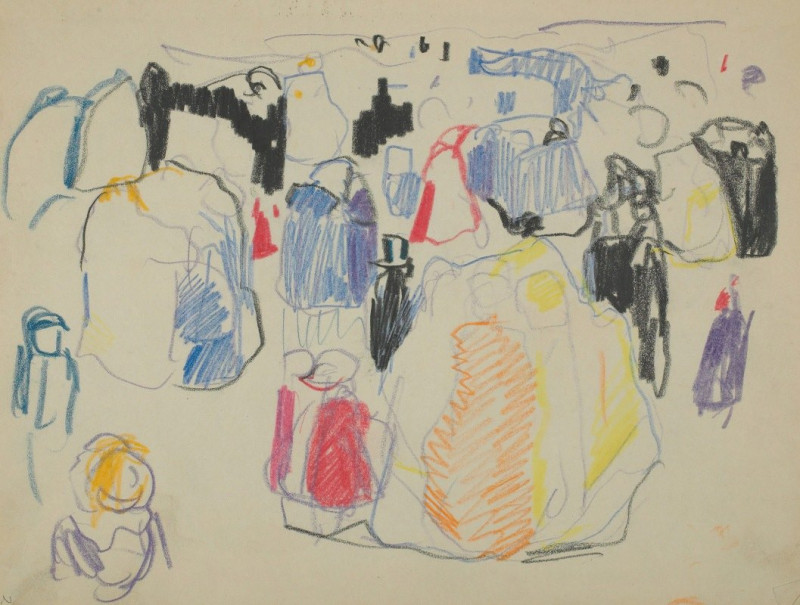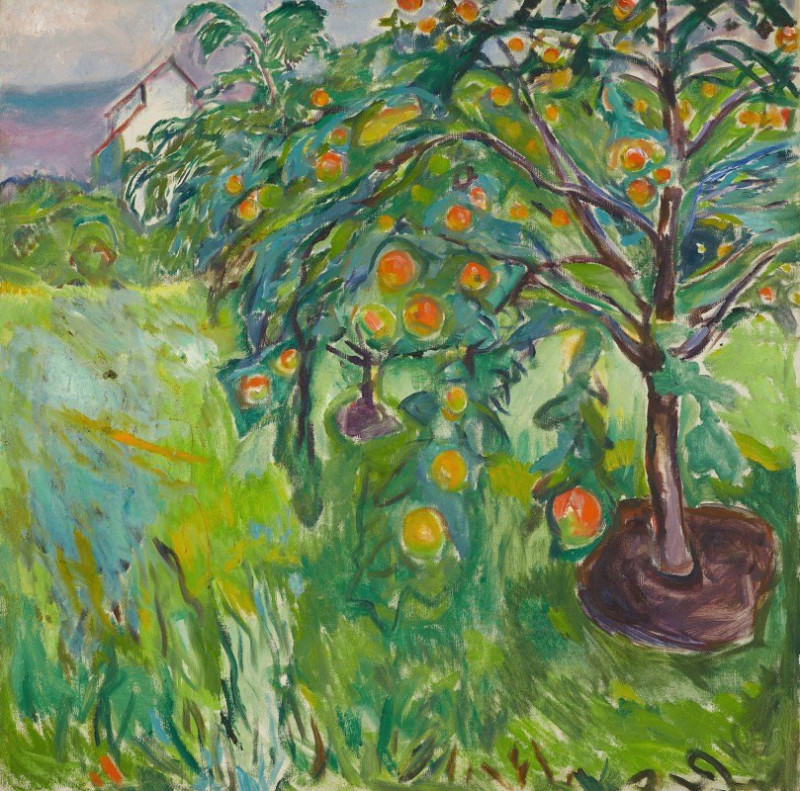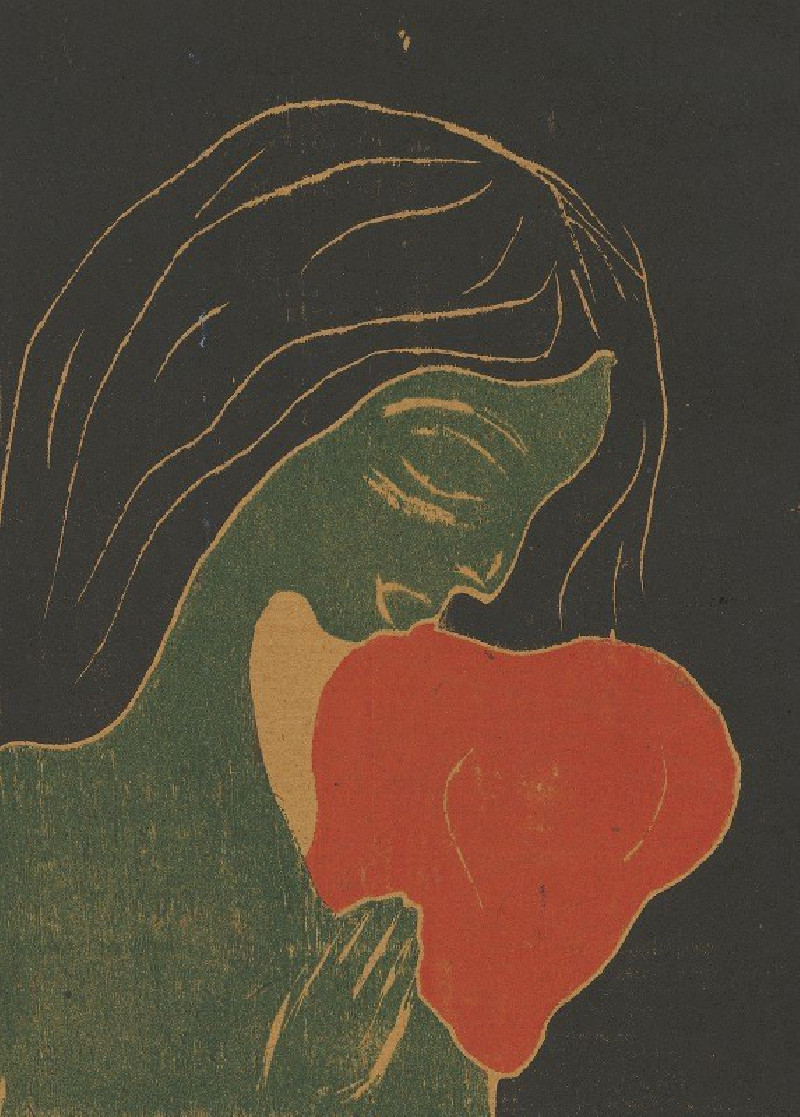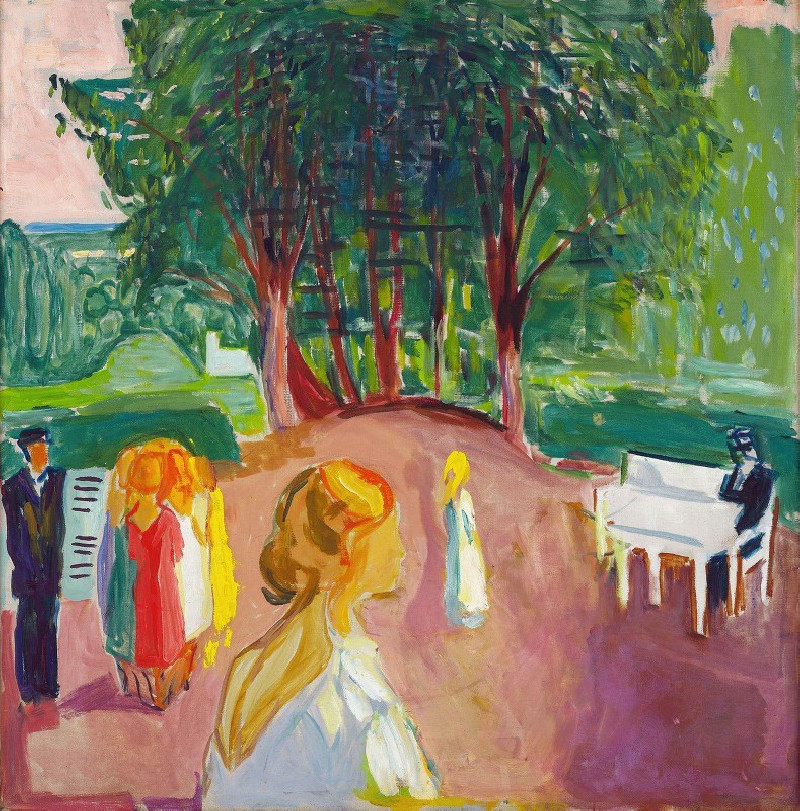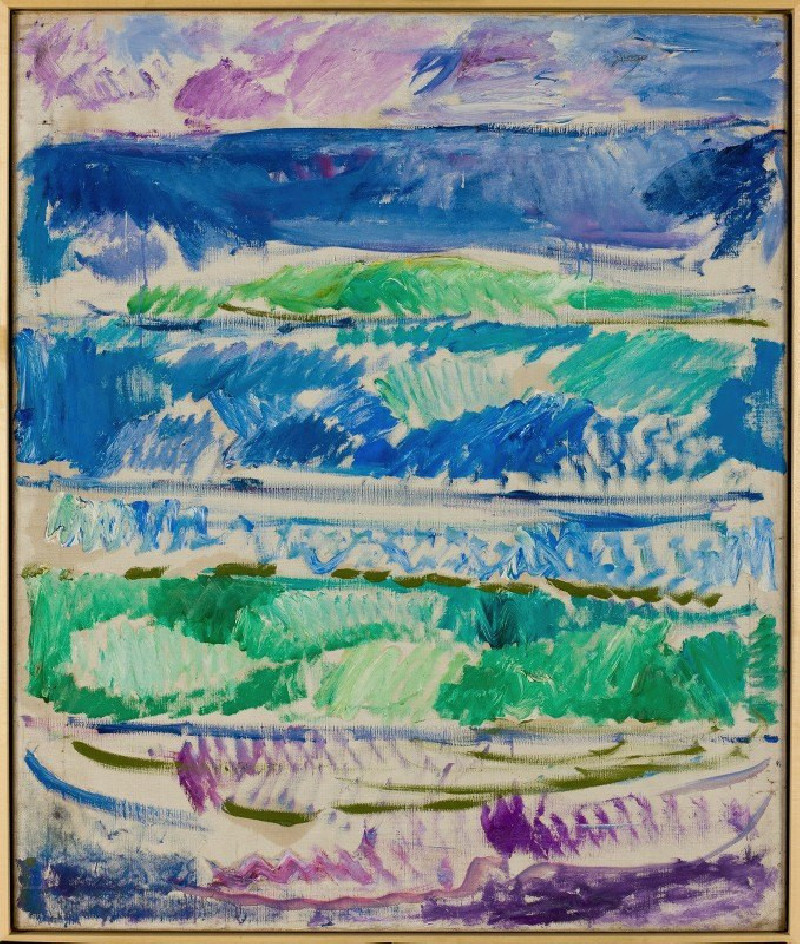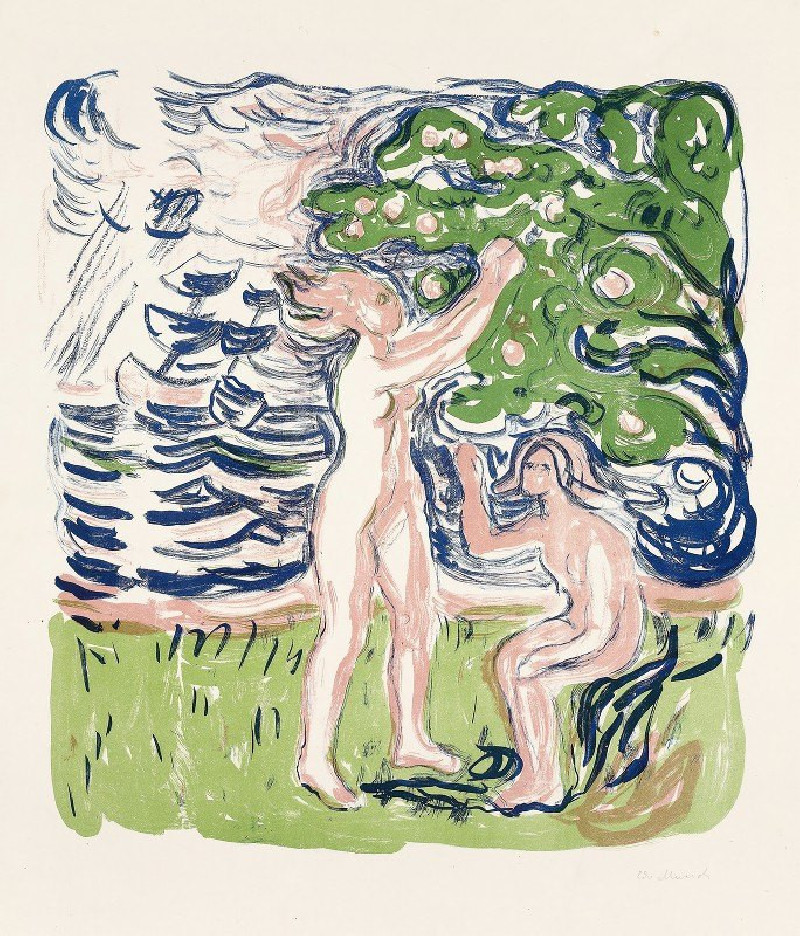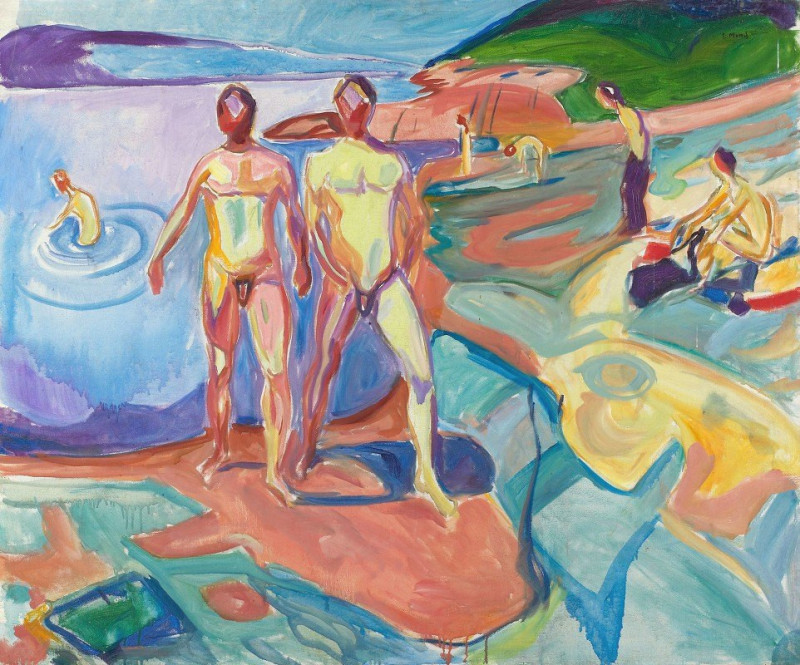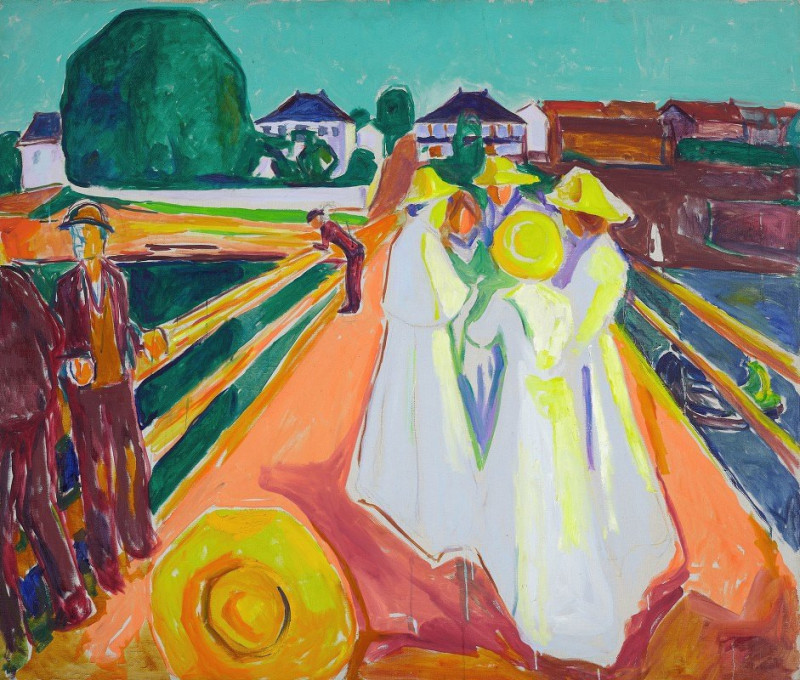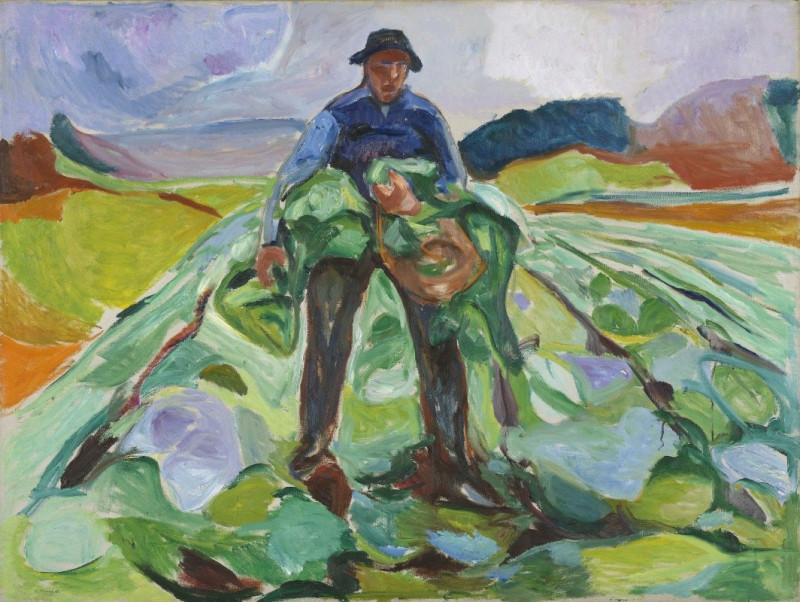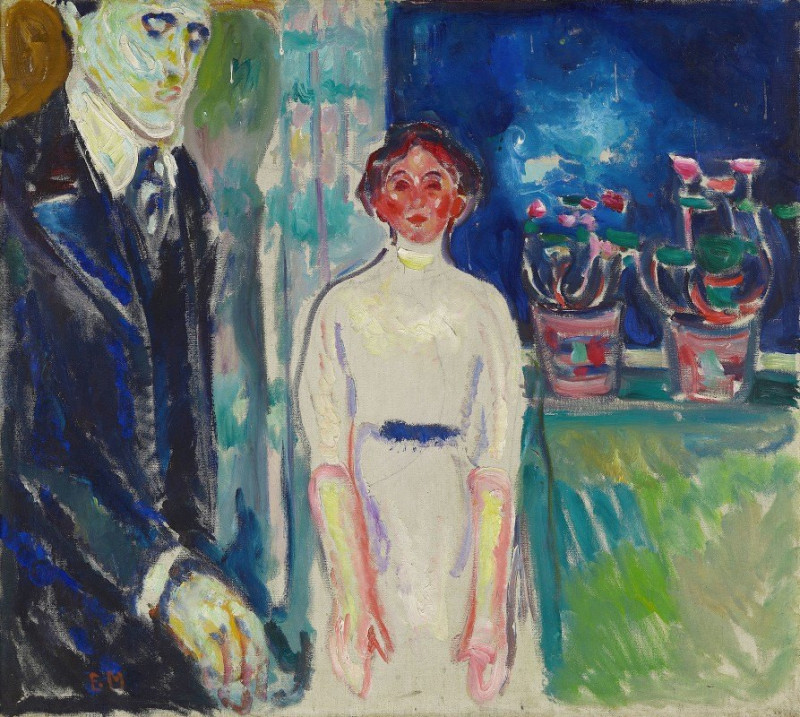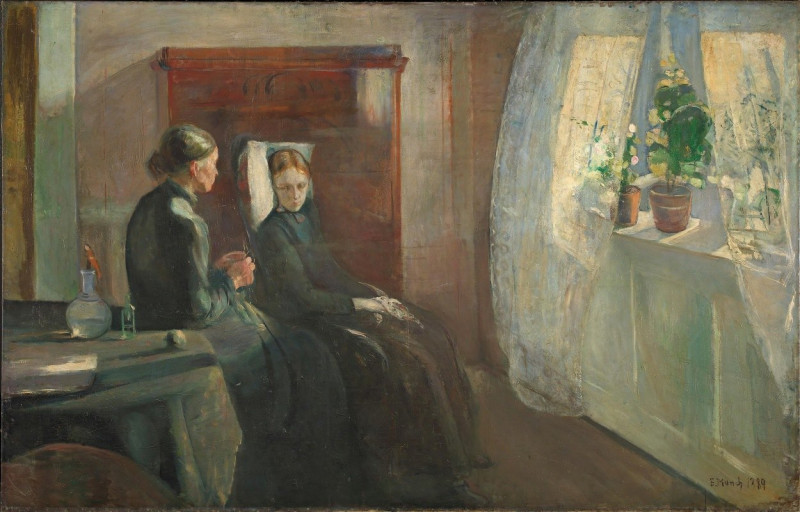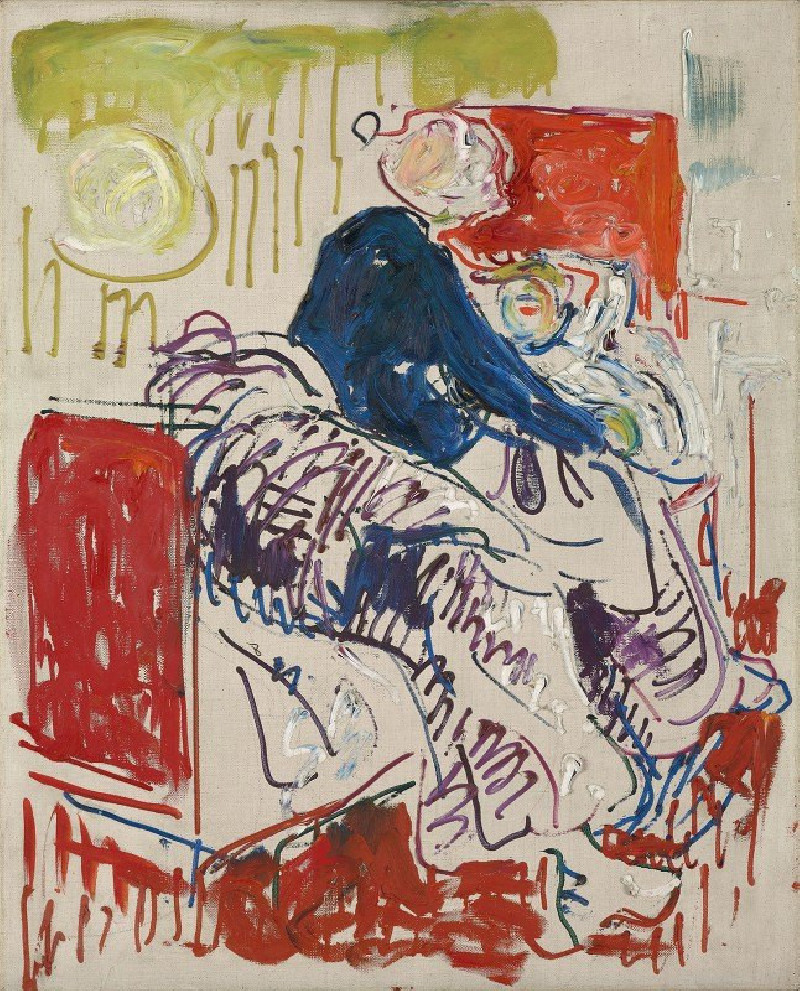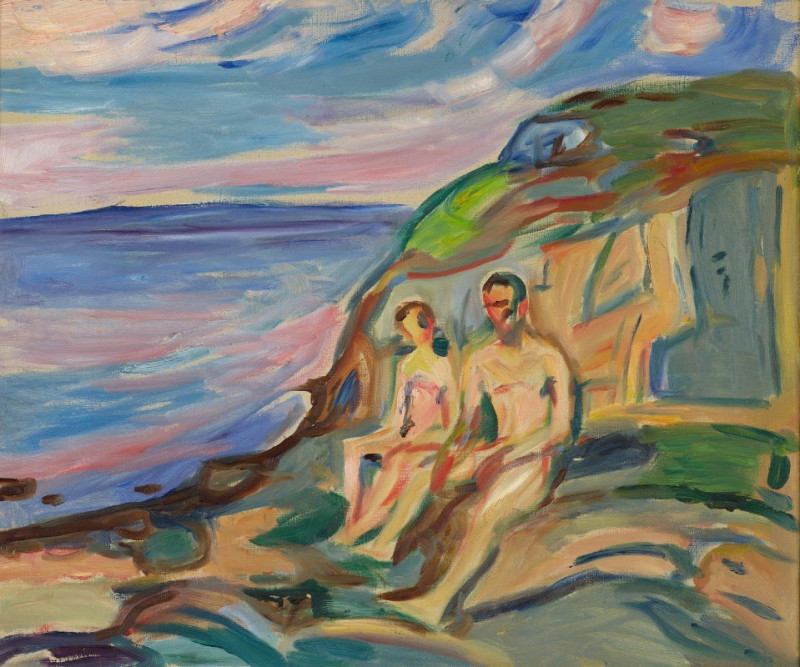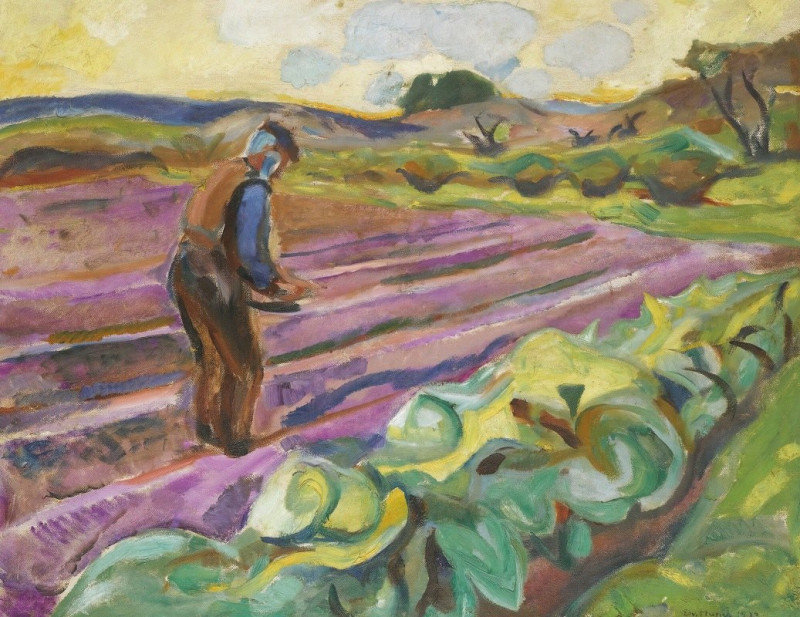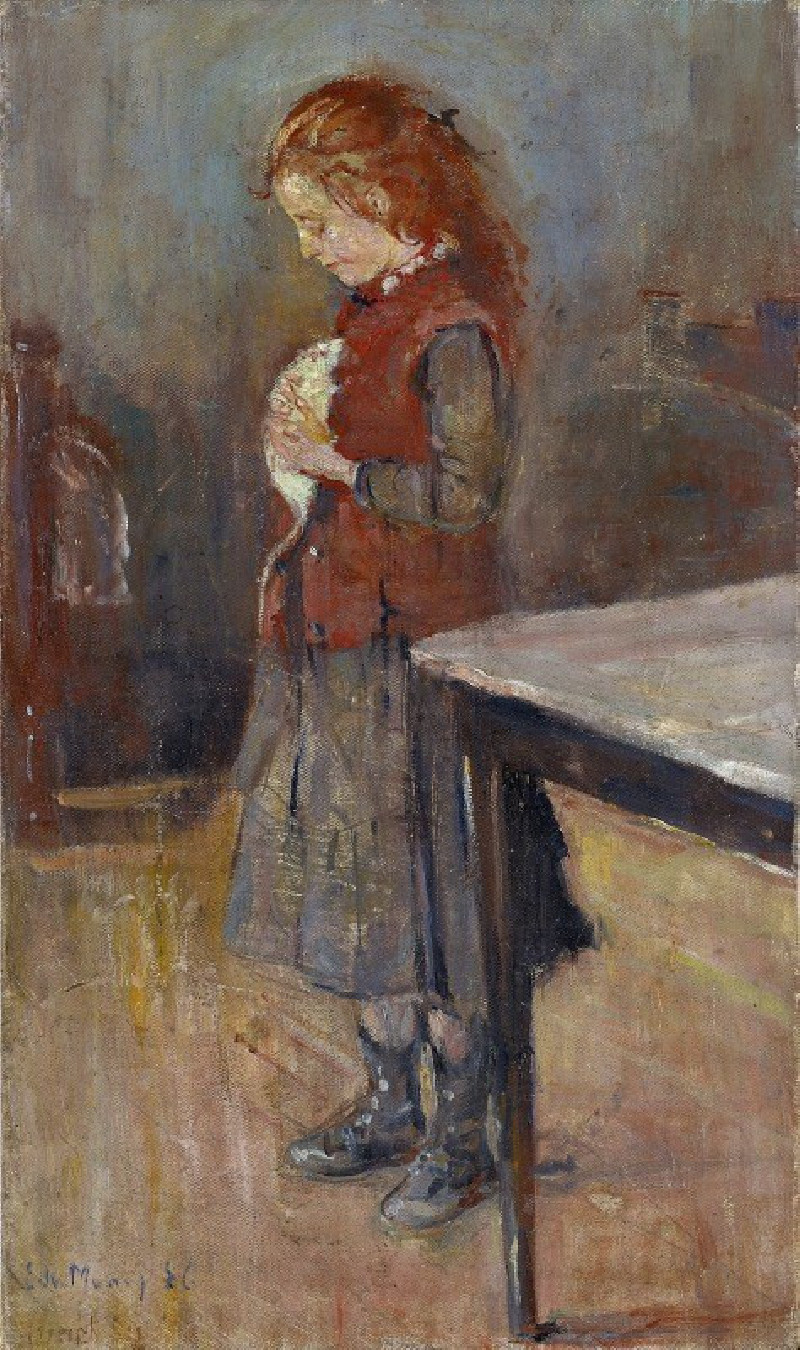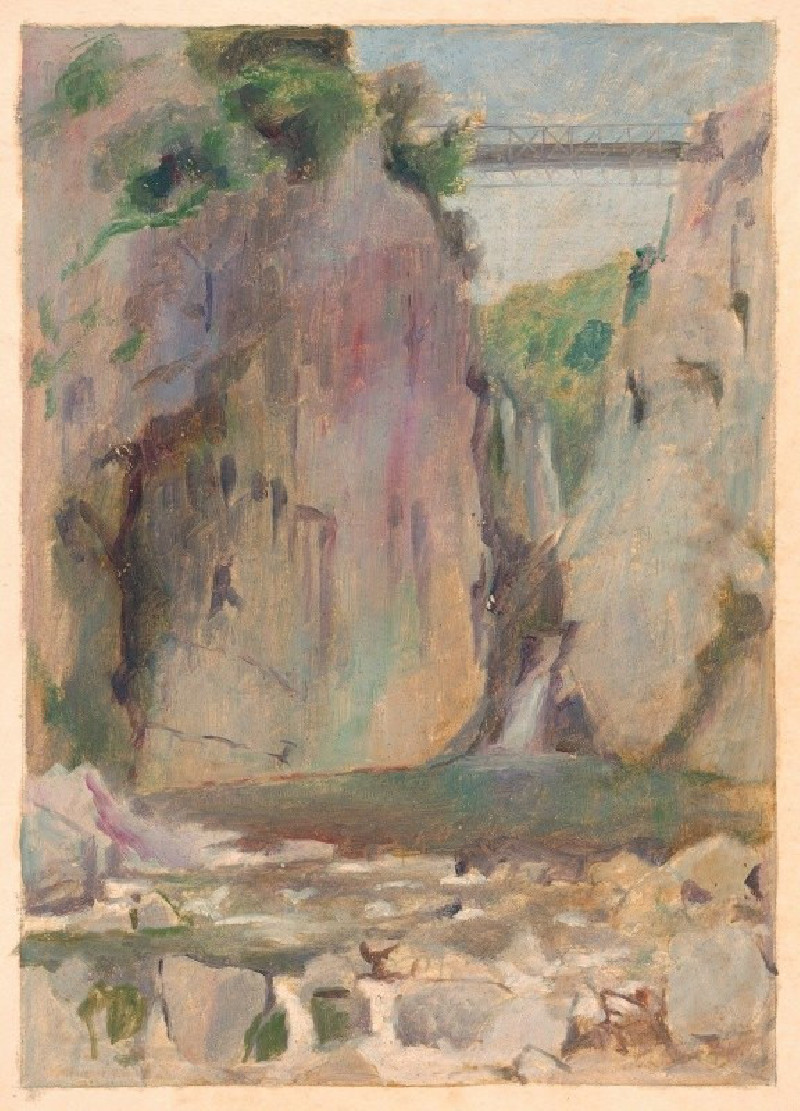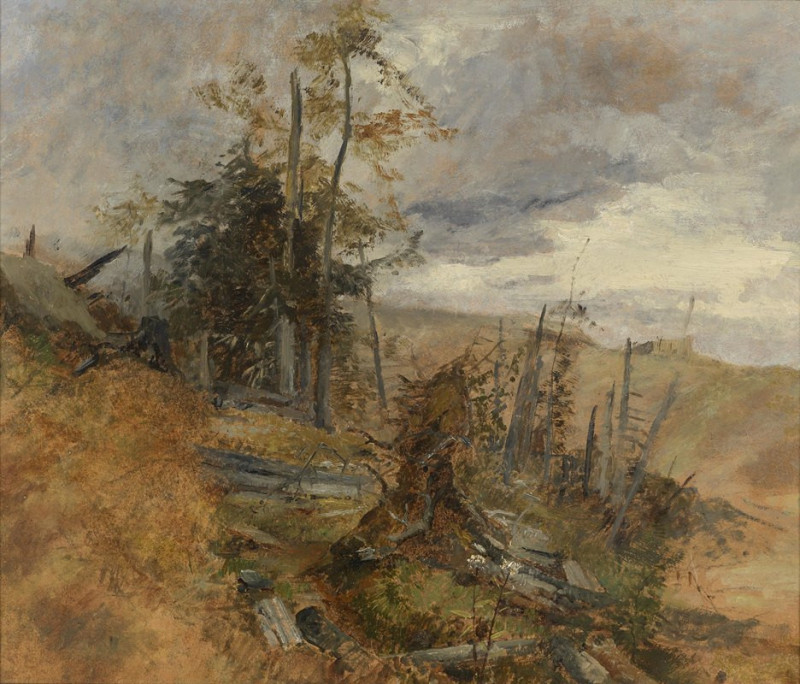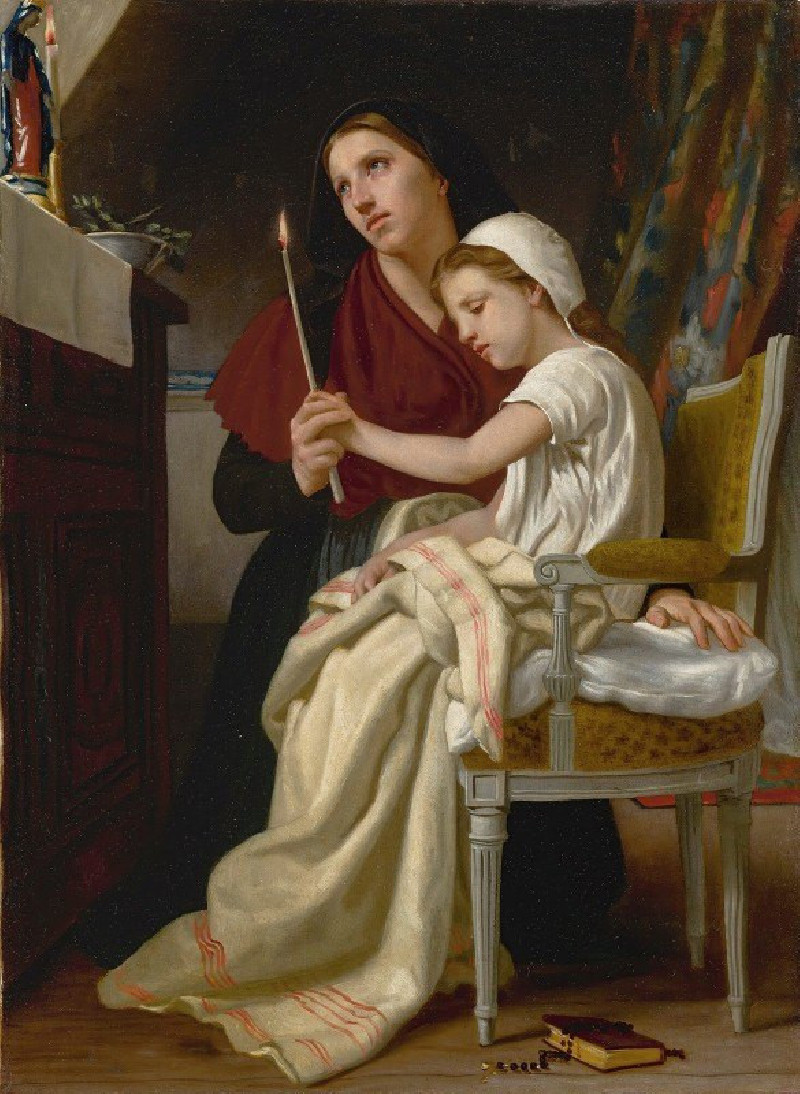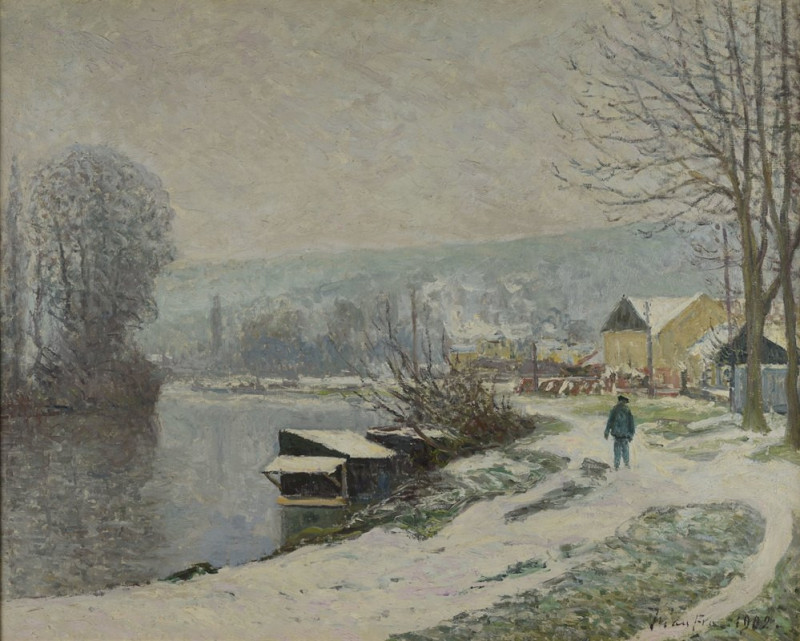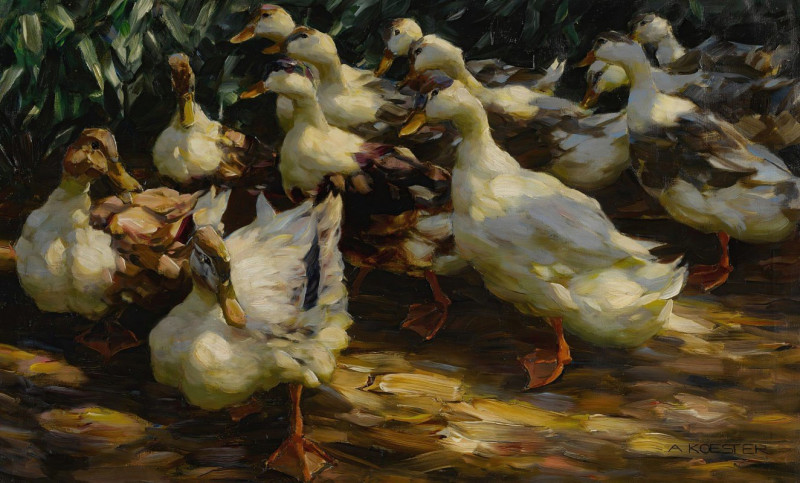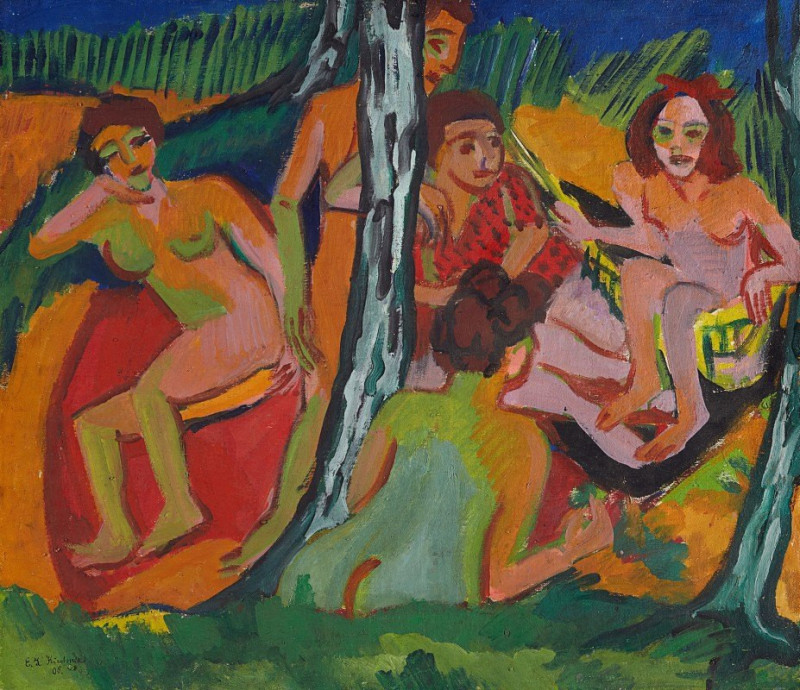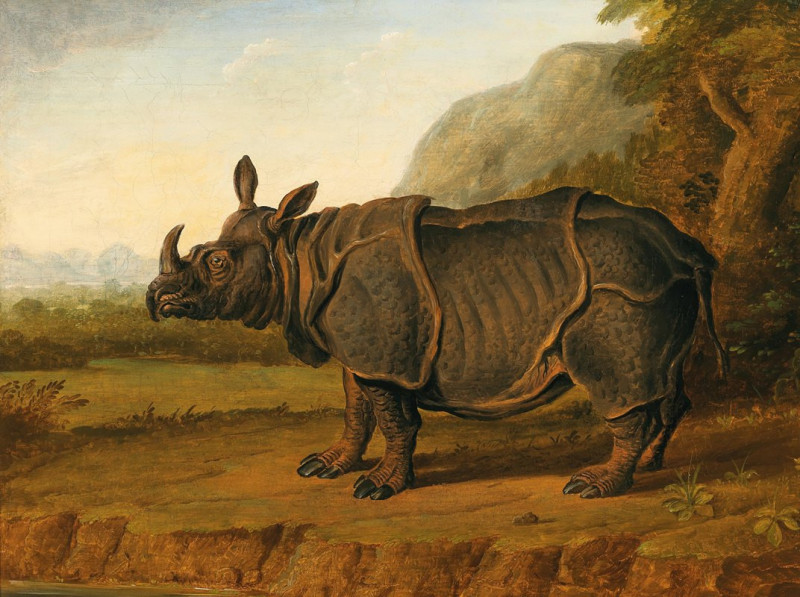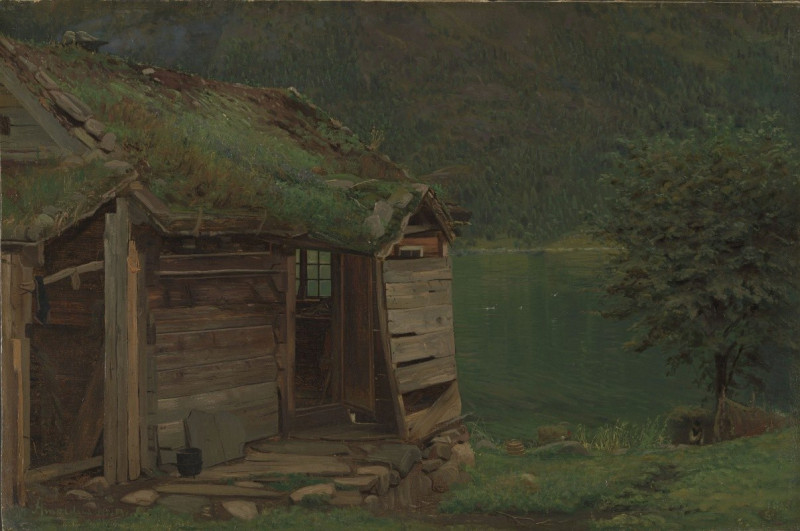The Seine At Saint-Cloud (1890)
Technique: Giclée quality print
Recommended by our customers
More about this artwork
"The Seine at Saint-Cloud" by Edvard Munch, created in 1890, depicts a serene scene along the banks of the River Seine, near Saint-Cloud, France. The painting captures an impressionistic view of this riverside atmosphere, characterized by soft lighting and pastel colors which create a peaceful mood.In the foreground, a large tree dominates the left side, its foliage beautifully dappled with various shades of green interspersed with spots of sunlight. Underneath this tree, the earthen bank can be seen, sprinkled liberally with blue and pink strokes that suggest flowers or perhaps fallen petals.The river occupies the middle ground, reflecting the sky with a tapestry of light blues, whites, and subtle hints of other colors that suggest reflections of the surroundings. On the river, boats, depicted in simplistic form, float calmly. The presence of boats along with floating wooden planks near the bank add a human element to the scene, suggesting the river's role as a place of leisure and transportation.Across the river, the background features softly outlined buildings that evoke a sense of rural tranquility. The architecture displayed is typical of the riverside towns, with one prominent building that resembles a mill or a small factory, hinting at the human habitation and activity in the area. The entirety of the scene is painted with a light touch and the colors are harmoniously blended, reflecting the influence of Impressionism on Munch's work during this period.
Delivery
Returns
Edvard Munch (12 December 1863 – 23 January 1944) was a Norwegian painter. His best known work, The Scream (1893), has become one of Western art's most iconic images.
His childhood was overshadowed by illness, bereavement and the dread of inheriting a mental condition that ran in the family. Studying at the Royal School of Art and Design in Kristiania (today's Oslo), Munch began to live a bohemian life under the influence of the nihilist Hans Jæger, who urged him to paint his own emotional and psychological state ('soul painting'); from this emerged his distinctive style.
